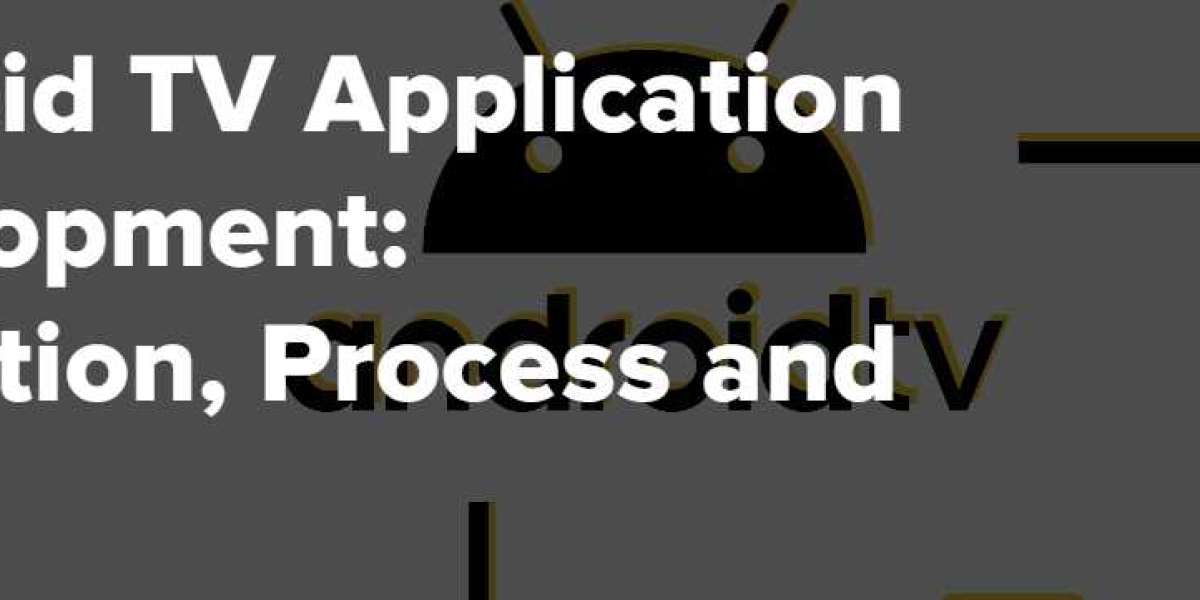Operating System (OS):
- Android tv architecture is based on Android OS, but it is optimized specifically for larger screens and remote-control interactions. It utilizes many features familiar from Android mobile devices, such as voice commands and app support, but tailors them to the television experience.
Leanback Library:
- The Leanback Library is a core part of Android TV, providing a consistent user interface (UI) specifically designed for large screen devices. It simplifies the development of TV-friendly UIs, ensuring smooth navigation using a remote control or gamepad. This library handles tasks such as presenting app content, search, and recommendations.
ExoPlayer:
- ExoPlayer is used to handle media playback, offering support for a wide range of media formats, including video streaming protocols like DASH, HLS, and SmoothStreaming. It ensures smooth, high-quality playback, which is crucial for the media-heavy Android TV platform.
Google Assistant and Voice Search:
- Android TV integrates Google Assistant for hands-free control and navigation. Users can search for content, control smart home devices, or ask for general information using voice commands, offering a more interactive experience.
Recommendations API:
- One of Android TV’s key features is its Recommendations API, which allows apps to suggest content directly on the home screen. This creates a personalized user experience and encourages user engagement with various apps.
Google Play Store:
- Android TV comes with access to the Google Play Store, where users can download apps, games, and streaming services optimized for the TV experience. This ecosystem allows developers to create applications with the same development environment used for mobile devices but tailored for TV interactions.
Chromecast Built-In:
- Android TV supports Chromecast, enabling users to cast media from their phones or tablets directly to the TV screen. This seamless integration between Android devices and TV offers a unified content consumption experience.
Android TV vs Mobile Android Architecture
While both are built on the same Android framework, Android TV places a greater emphasis on UI and user experience suited for big screens and remote-based navigation. The mobile version focuses on touch-based interaction, whereas Android TV is all about remote control or voice command interfaces.
Conclusion
The architecture of Android TV combines familiar elements from Android mobile with specific optimizations for TV use, focusing on seamless media playback, intuitive navigation, and integration with Google services like Assistant and Play Store. This platform is ideal for smart TV developers seeking to deliver content-rich applications.








